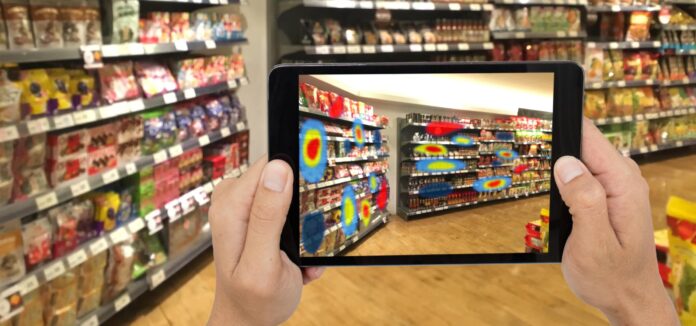Computer Vision in Retail: Enhancing Customer Experience and Improving Business Operations
In recent years, the retail industry has been undergoing a transformation thanks to the increasing adoption of computer vision technologies. Computer vision, a branch of artificial intelligence, enables computers to understand and interpret the visual world around them, making it possible for retailers to improve customer experience and optimize their operations in a number of ways. In this blog post, we will explore how computer vision is transforming the retail industry and enhancing customer experience.
- Improved Customer Experience
Computer vision is being used to enhance the customer experience in a number of ways. For example, it enables retailers to offer personalized recommendations and targeted advertising based on customer behavior and preferences. By analyzing data such as purchase history, browsing behavior, and social media activity, retailers can provide personalized recommendations to customers, improving the likelihood of making a sale.
In addition, computer vision can be used to monitor store traffic and customer behavior, allowing retailers to optimize store layouts and product placement to enhance the shopping experience. By analyzing customer movements and interactions with products, retailers can identify areas of the store that are frequently visited, and ensure that popular items are prominently displayed.
- Inventory Management
Another area where computer vision is making a significant impact in retail is inventory management. By using cameras and sensors to monitor stock levels, retailers can automate the inventory management process and reduce the risk of overstocking or stockouts. Computer vision algorithms can be used to analyze images and identify when a product is running low or out of stock, triggering an automatic reorder or alerting staff to restock the shelves.
This not only ensures that popular products are always available, but also enables retailers to optimize their inventory levels and reduce waste. By accurately tracking inventory levels and predicting demand, retailers can minimize the amount of unsold inventory and reduce the associated costs.
- Theft Prevention
Computer vision is also being used to improve security and prevent theft in retail stores. By using cameras and advanced algorithms, retailers can monitor customer behavior and identify suspicious activity, such as shoplifting or fraud. Computer vision algorithms can analyze video footage in real-time and alert store staff when an unusual activity is detected.
Moreover, retailers can also use computer vision to prevent theft by tracking inventory movement and detecting anomalies. By analyzing patterns of movement within the store and comparing them to historical data, retailers can detect when items are being moved in an unusual way or outside of normal business hours, triggering an alert and enabling staff to investigate further.
In conclusion, computer vision is transforming the retail industry by enhancing customer experience, improving inventory management, and preventing theft. As the technology continues to evolve, we can expect to see more retailers adopting computer vision technologies to optimize their operations and stay ahead of the competition.





